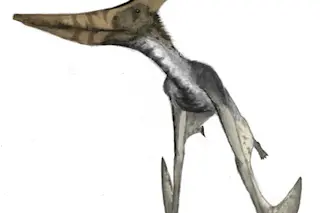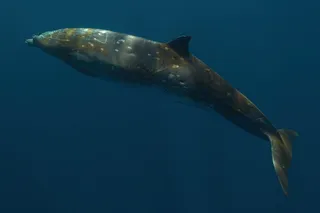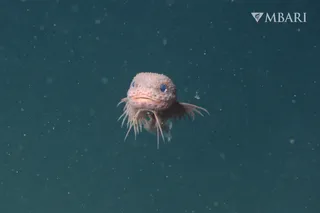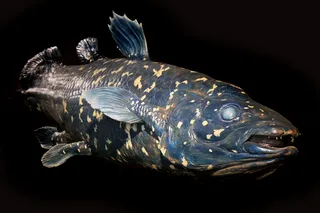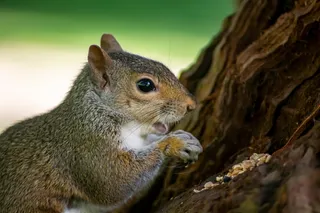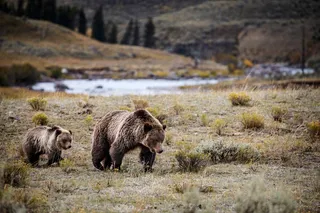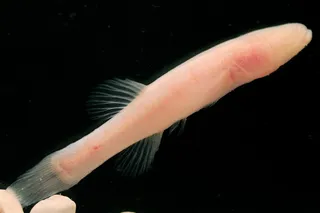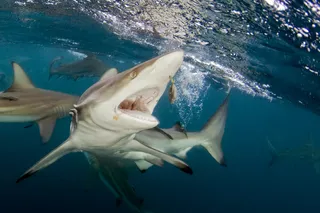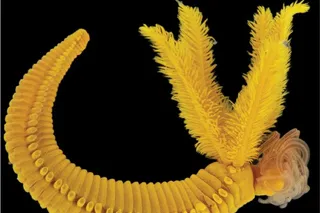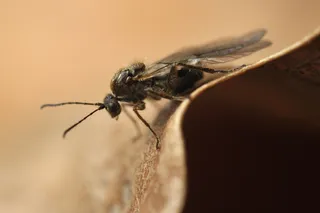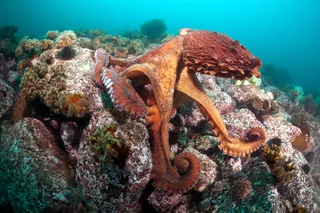The enormous wings of pterosaurs testify to the idea that these giant reptiles, which lived at the same time as dinosaurs, would have been masters of flight. But there's one thing that nags paleontologists: pterosaur takeoff. Just how does a giraffe-sized creature get off the ground? Not the way birds do, say Mark Witton and Mike Habib, biomechanists who for years have been modeling pterosaur flight, and have a new study forthcoming in PLoS One.
Birds rely on the strength of their legs to leap into the air or run to gain speed for take-off. Pterosaurs walked on all four limbs, and Habib has developed an anatomical model to explore how they might have launched themselves using their small hind limbs and larger "arms" which formed part of their wings. The animal could have launched itself like a pole vaulter, pushing forward with its hind limbs and using its powerful ...


